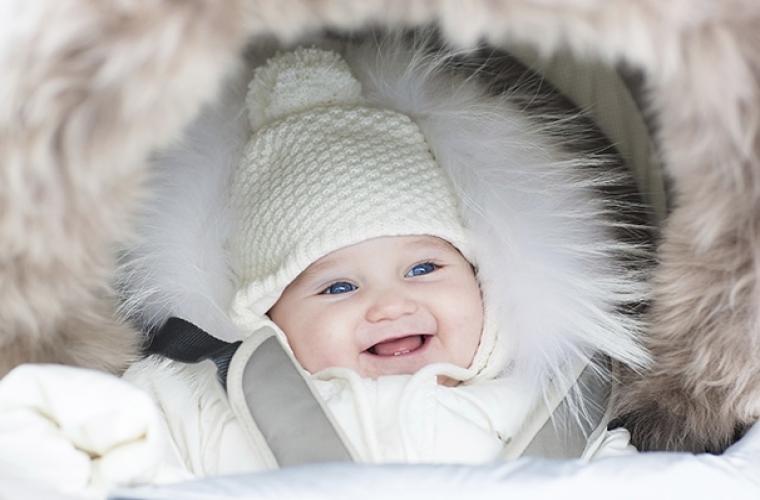Babies are born with the ability to tell us their needs and wants. Learning to watch, listen and learn about your baby’s needs is an art you will learn from the day your baby is born well into the teenage years. It begins with a willingness to respond to what your baby is saying through behaviors as simple as a cry or a turn of the head. As your baby grows, you become “in tune” with his or her needs and wants.
Watching and learning about your baby’s needs and then responding to meet those needs helps to develop a strong foundation of trust between you and your baby. Helping your baby establish a sense of trust is key to the development of a healthy relationship with your child at every age. Learn to respond to your baby’s needs by following three simple steps: Watch–Ask–Adapt.
Watch
What is your baby doing? Try to see the world through your baby’s eyes.
Is your baby looking at you and smiling and waiting for a response? (possible message: I want to play)
Is your baby reaching out to you? (possible message: Please hold me)
Is your baby looking away from you and crying? (possible message: I am tired)
Is your baby focused intensely on a toy? (possible message: I am busy learning)
Ask
What are your baby’s behaviors telling you? What does your baby need from you?
What is your baby trying to say to you? (common messages: I want to play, I need to eat, I need to be held)
How does my baby feel? (common messages: I am tired, I am sad, I want to be with you)
Adapt
How can I adapt my response to meet my baby’s need?
Feed your baby when he or she is hungry.
Help your baby calm down to get to sleep.
Play with your baby when he or she initiates the desire to play.
Talk with your baby when he or she initiates the desire to have a conversation.
Don’t interrupt your baby when he or she is intensely focused on playing with a toy; let your baby learn he or she is capable of doing things.
Development highlights
Between the ages of 3 to 6 months, your baby likely:
- Explores objects by bringing them to mouth
- Falls asleep alone
- Laughs and giggles
- Likes to look at and be near parent or caregiver
- Interacts more with family and friends
- Cries when upset, and wants to be comforted
- Anticipates comfort and stops crying when you approach
- Recognizes and responds to familiar faces by smiling, vocalizing, moving arms and legs, etc.
- Lifts head and chest while on stomach
- Rolls from stomach to back
- Practices and listens to sounds he or she makes
- Gets excited and waves arms and legs
Tips to encourage your baby’s development:
- Hold your baby during feeding
- Hold your baby during feeding
- Respond to your baby’s cries, coos and smiles
- Hold and read to your baby
- Sing and play with baby
If you have concerns about your baby’s development, consult your baby’s physician.
…
Posted In Children's, Health Information
